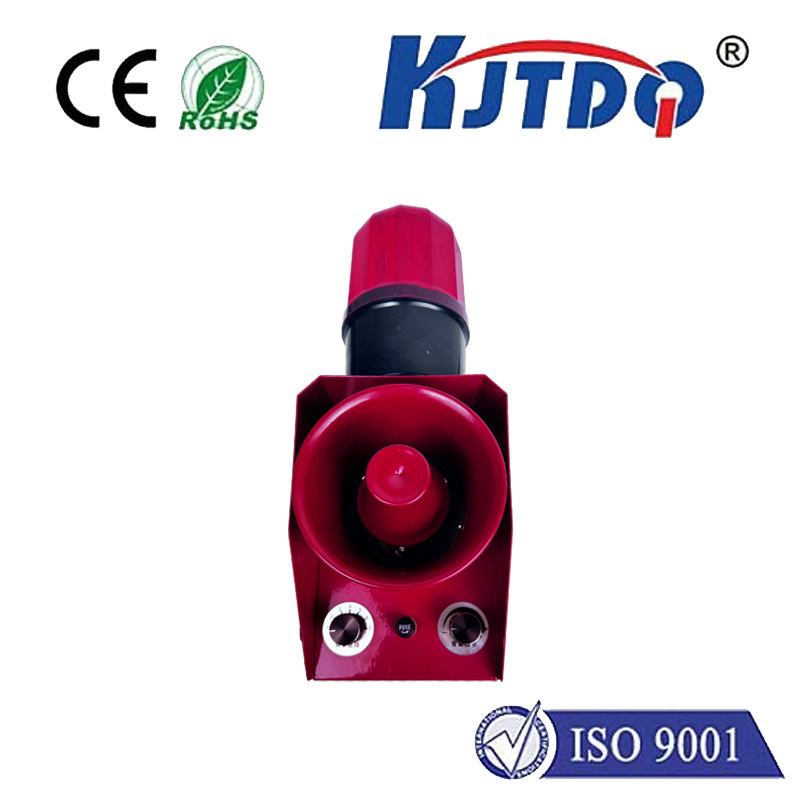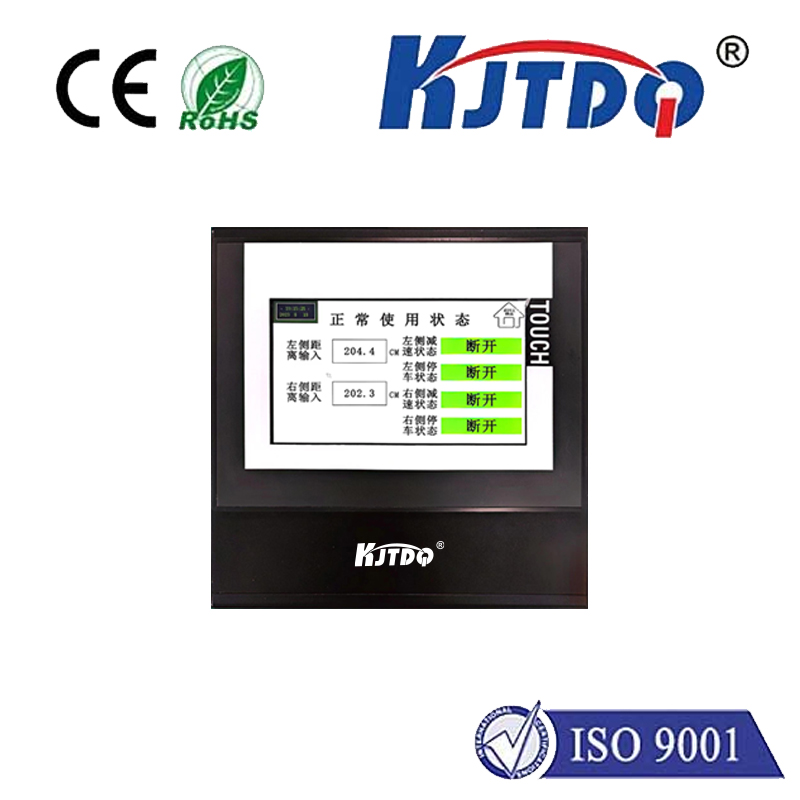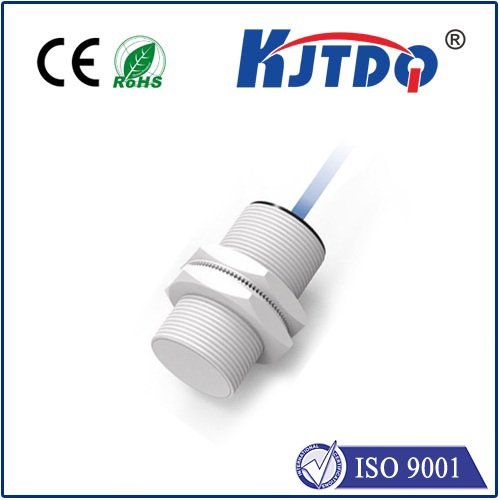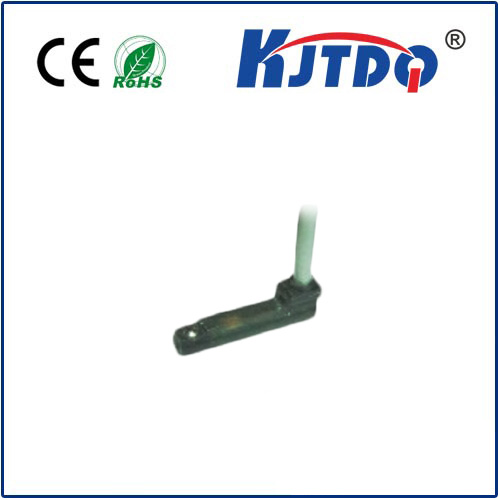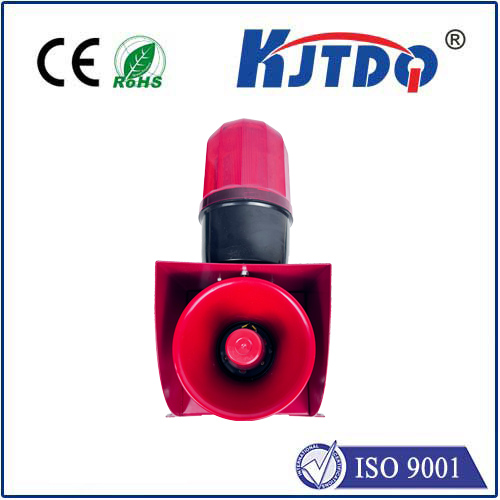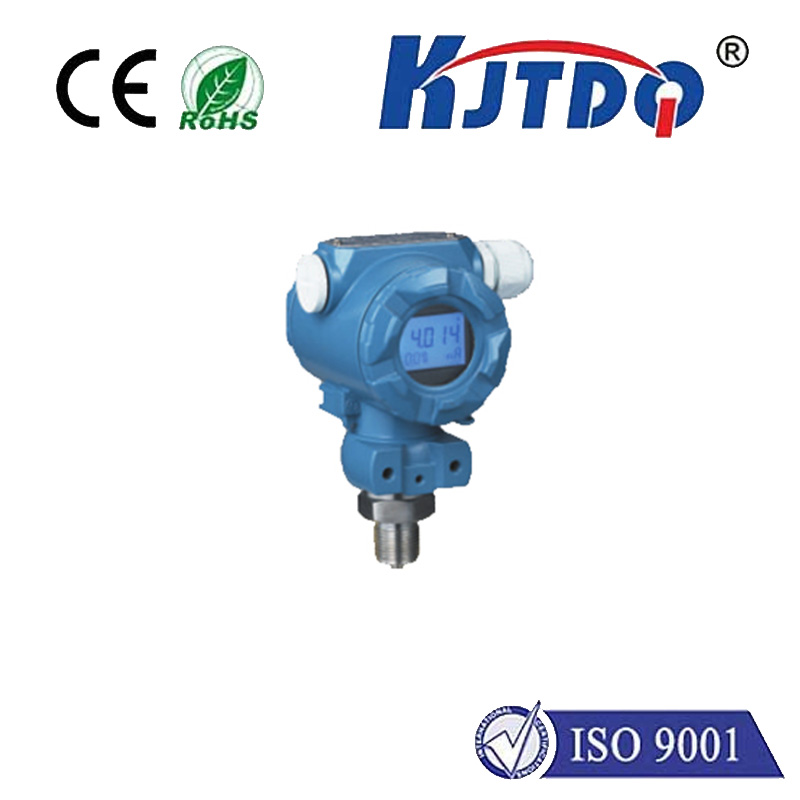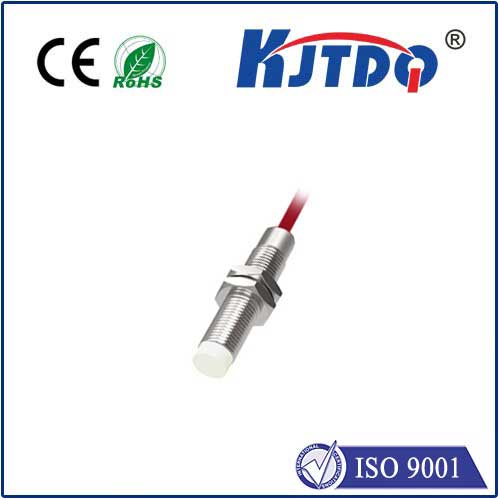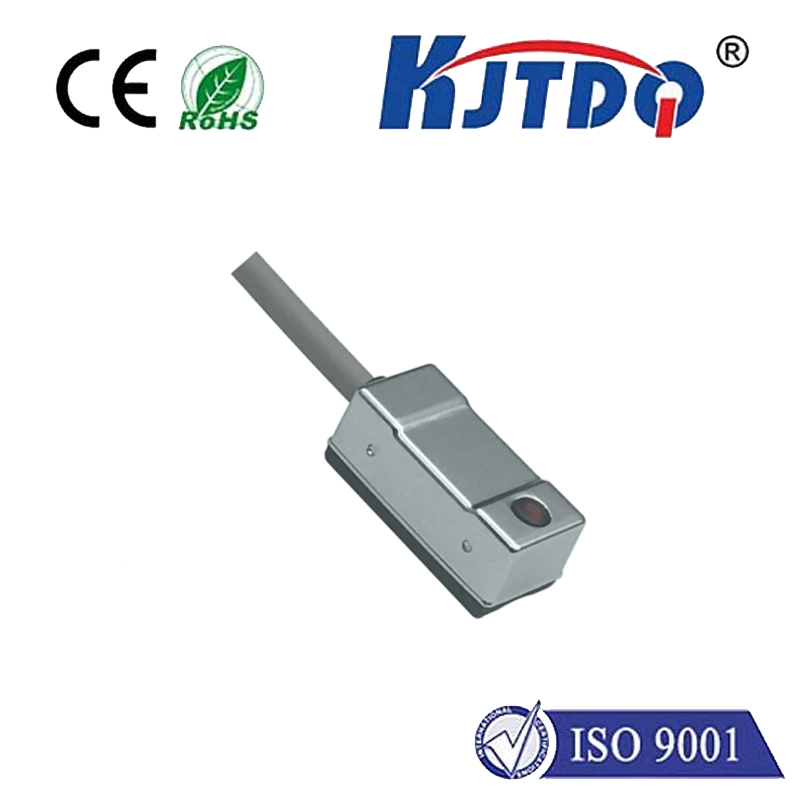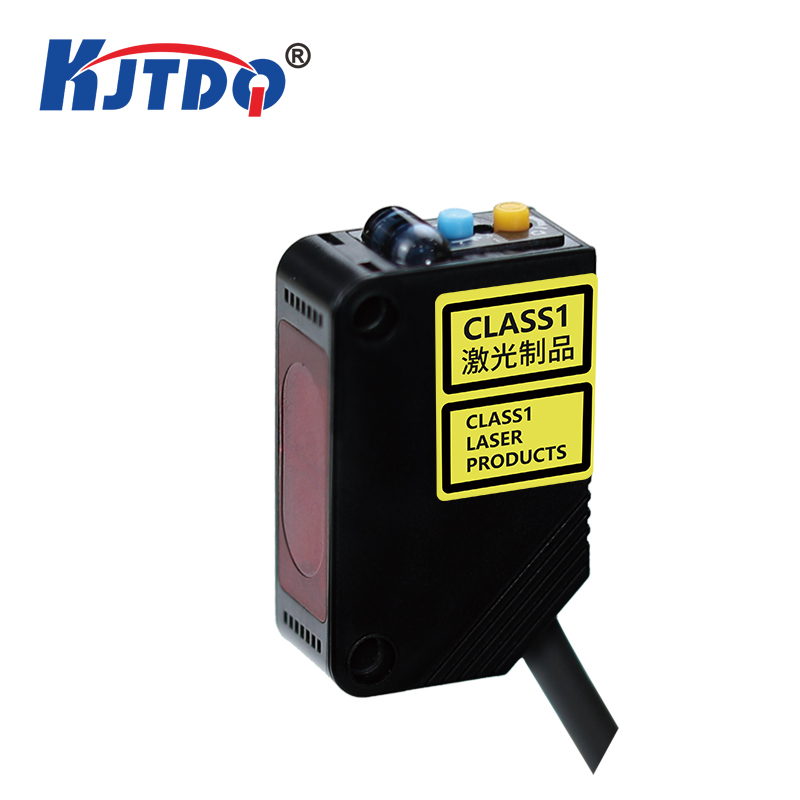
check

check

check

check
Industrial level sensors can be divided into two categories - point level measurement and continuous level measurement
1. Point liquid level measurement: capacitance, photoelectricity, conductivity, vibration, float switch
2. Continuous liquid level measurement: ultrasonic, radar
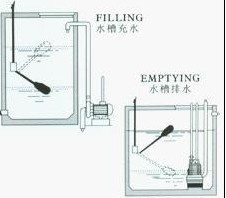
Float switch sensor is a device commonly used for liquid level detection. It accurately measures the height of a liquid and sends a signal when it reaches a preset value. The working principle of the float switch sensor is very simple. It consists of a float and a switch. When the height of the liquid exceeds the float ball, the float ball rises and switches the switch from closed to open, thus sending a signal.
Float switch sensors have many application scenarios. For example, in the water treatment industry, float switch sensors can be used to monitor the level of a sink or tank. When the water level drops to a predetermined level, the float switch sensor triggers an alarm to remind the operator to add water. In addition, in the industrial field, float switch sensors can be used to monitor the liquid level of oil tanks or chemical tanks to ensure the supply and storage of liquids.
The output signal of a float switch sensor can be transmitted in different ways. Common output methods include analog output and digital output. Analog output usually represents the height of the liquid through changes in voltage or current. The digital output transmits liquid level information in the form of a binary signal. Depending on the application needs and system requirements, it is very important to choose the appropriate output method.
The float level sensor is a reliable and commonly used liquid level detection device. Its working principle is simple and widely used. Choosing a suitable float switch sensor can ensure accurate monitoring of liquid level and timely alarm, improving work efficiency and safety. When purchasing a sensor, factors such as measurement range, accuracy, and working environment requirements need to be considered to select the most appropriate sensor.
